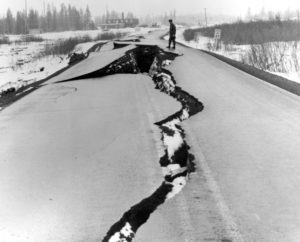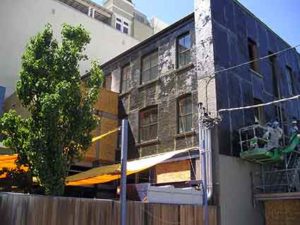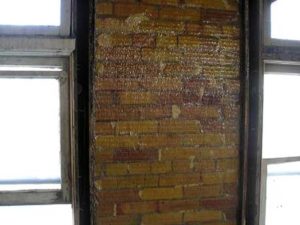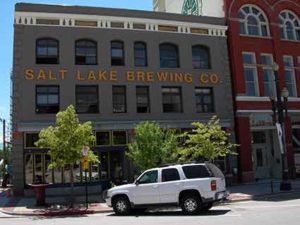Remembering the 50th Anniversary of the Great Alaska Earthquake
This year marks the 50th anniversary of the monumental Great Alaska Earthquake, the second most powerful quake ever recorded with a moment magnitude of 9.2. Lasting an incredible 4 minutes and 38 seconds, this seismic event left behind a path of destruction—ground fissures, collapsed buildings, and a catastrophic tsunami that claimed 131 lives. Anchorage, just 75 miles away, bore the brunt of the damage. The airport control tower and runway were severely damaged, forcing the facility to shut down temporarily. Earthquakes pose a significant threat to buildings because of their unpredictable and multi-directional ground movements. The intensity and duration of the quake greatly influence the extent of damage. Simply put, the longer and stronger the quake, the higher the risk of structural failure. The soil beneath a building also plays a role; soft, thick, or wet soil amplifies the shaking. Tall buildings are more vulnerable to slow, prolonged shaking, whereas shorter structures are more affected by short, sharp tremors. Governments respond by updating seismic codes to ensure buildings can withstand both compression and tension forces. Structures undergo necessary upgrades and reinforcements to comply with these standards.Modern Seismic Upgrades: HJ3’s Carbon Fiber Solutions
Seismic upgrades come in various forms, from traditional steel and concrete reinforcement to fortifying steel beams, widening concrete columns, and enhancing wall slab strength. An innovative lightweight alternative is HJ3's Civil and Commercial carbon fiber reinforcement, which adds minimal weight to structures. A prime example of this technology in action is the renovation of a historic pub in Salt Lake City, Utah. Following a fire that destabilized several floors, there was a need to reinforce the unreinforced masonry walls to meet modern seismic codes. The pub owner wanted to preserve the historic charm of the brickwork, posing a unique challenge. HJ3 tackled this by using a translucent glass fiber strengthening system.Seismic Reinforcement Project: Reviving Historical Beauty
The project started with a thorough cleaning of the interior walls using a dry ice abrasive blast. Afterward, the walls were primed, and the glass fiber reinforcement system was installed. The exterior underwent an abrasive blast and power wash, followed by priming, with HJ3’s carbon fiber reinforcement system playing a key role.Strength and Compliance
Thanks to HJ3’s carbon and glass reinforcement systems, the historic pub now has reinforced masonry walls that meet current seismic codes, proving the effectiveness of such upgrades. These solutions provide cost-effective ways to surpass seismic requirements, often saving customers over 50% compared to replacement or other repair options.Discovering Carbon Fiber Reinforcement: Your Route to Seismic Readiness
With increasing concerns about earthquakes and the need to comply with seismic codes, reinforcing your building is essential. HJ3’s carbon and glass fiber reinforcement systems offer both cost-efficient and reliable solutions to protect your structure. For more information on HJ3’s cutting-edge solutions and how you can prepare for seismic events, feel free to reach out to our project managers at [insert email].
Credit: The Washington Post



â€
Cut Guide,Heat-Resistant Casting Cut Guide,Rolled Steel Cut Guide,Rolled Steel Casting Guides Can Be Customized
JINGJIANG EASTSUN METALLURGICAL MECHANICS CO.,LTD , https://www.jesguide.com